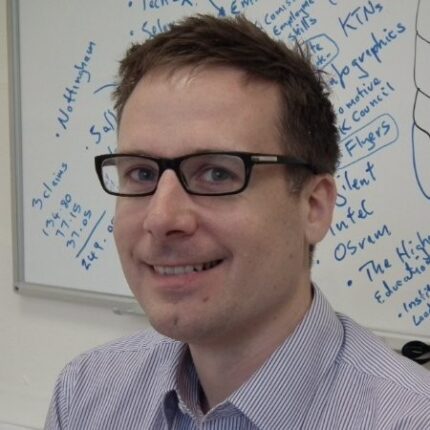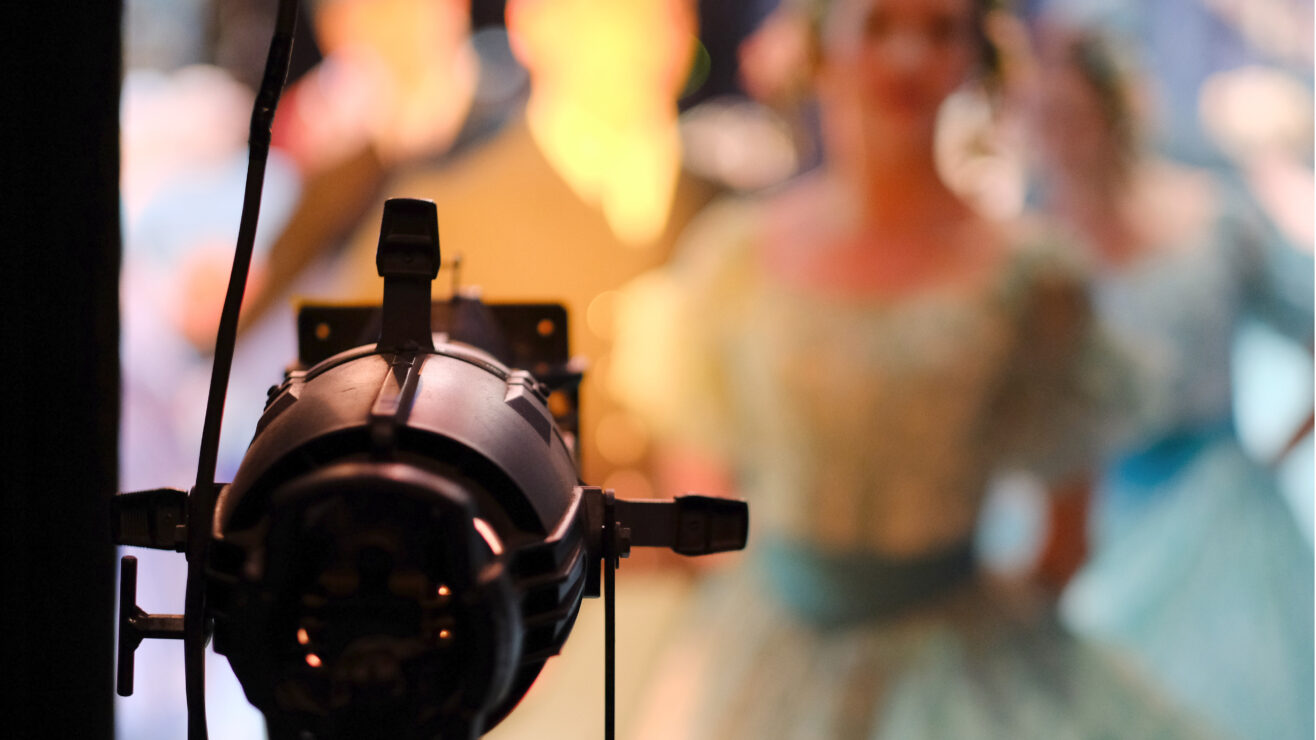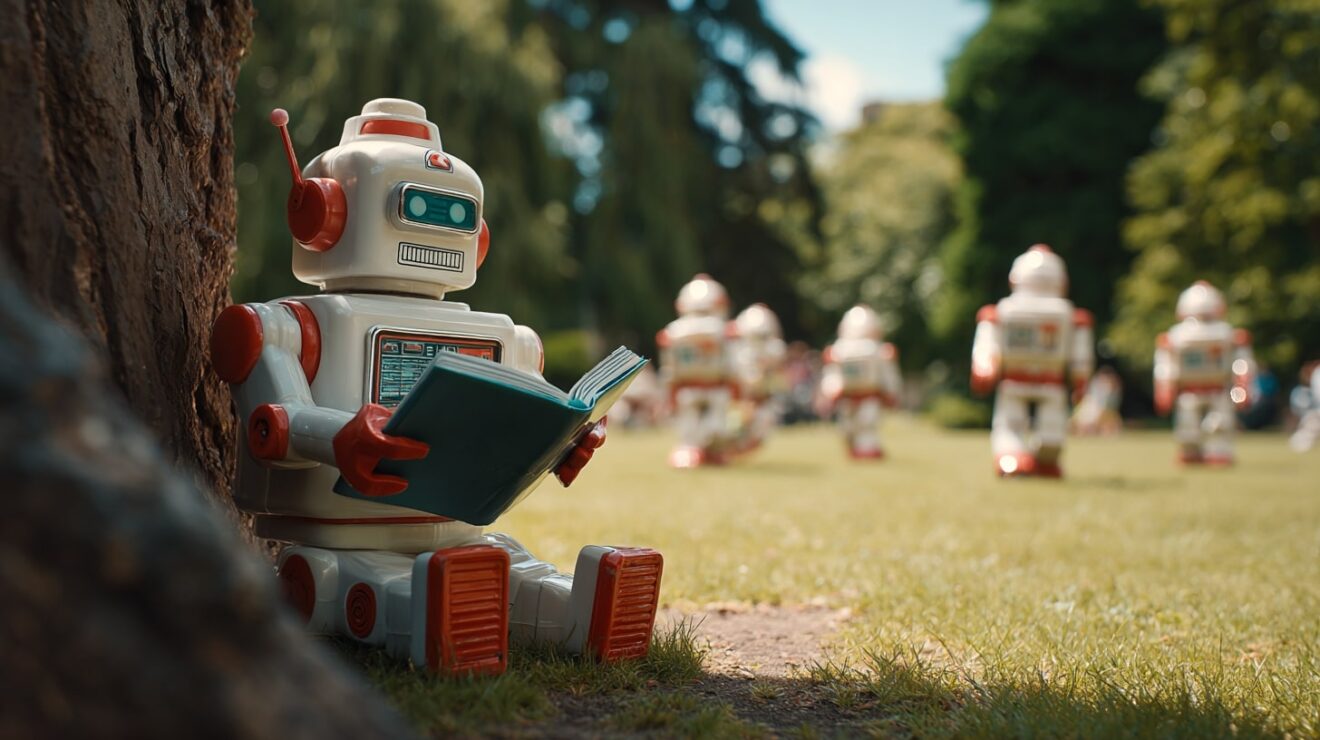It is well known that our “weak relational ties” to others are essential for our social well-being.
In the same way, a high performing business or university department is built on human connections, relationships and trust. These human qualities create a work or learning environment, which cultivates a strong sense of belonging and connection.
At the School of Physics, Engineering and Technology at the University of York we have changed how we support physics students into employment by creating and sustaining relational ties between the curriculum and the wider working world.
The foundations of this approach include the cultivation of multiple weak ties between professional and academic staff, students and peers and students and (alumni) employers.
The outcome is an inclusive, richer student learning environment that promotes equitable graduate outcomes.
Our work was inspired by an Institute of Physics report, which states there is a higher percentage of students with social communication disorder / autism studying physics, astronomy and mathematics compared to all other university subjects. Recent analysis by The Buckland Review of Autism Employment paints a bleak picture where autistic graduates are twice as likely to be unemployed after 15 months as non-disabled graduates, with only 36% finding full time work in this period.
Relationships and role modelling trump marketing
This picture energised us to address the issues of career inequalities and to consider what approach will best support individual students to achieve the outcomes they want. To start with, we acknowledged that we are not running a set of processes but creating an empathetic career learning experience.
Secondly, we recognise that students have access to more career-related information than ever before but do not necessarily know how to act on this information.
Thirdly, blurring the boundaries between student and employer in which “relationship” drives the interaction rather than corporate slogans at a recruitment fair can pay dividends.
Fourth, proximity is key – having careers-focused professional staff, full-time in the School, facilitates sustained academic and student engagement and future alumni relationships. This shift in perspective focuses our efforts on establishing authentic and relatable relationships drawn from across our physics community.
Applying this relational careers education model has been ten years in the making.
We now draw on a physics alumni network of approximately 300 individuals and a peer network of 200 students. Building a physics community enables us to deploy a range of inclusive career learning activities to engage different students in different ways.
This matters as our analysis shows that the fraction of physics students that engage in at least one career learning activity has increased from 45 per cent in 2017/18 to 92 per cent in 2022/23. Our careers model works across several dimensions – three of these dimensions are described below.
Support: addressing individual, intersectional need
Different students have different, often invisible barriers to acquiring work experience, graduate jobs or developing professional networks. These invisible barriers include factors such as disability, a long-term health condition, and imposter syndrome to cover just a few.
The barriers are often inter-related, which gives rise to complex needs that are difficult to address in classroom-based career sessions. Recognising and acknowledging the diversity of our student cohort and intersectionality has led us to pivot away from classroom-based activities and focus on one-to-one person-led career guidance.
Typically, one-to-one meetings last one hour and can be face-to-face or online with the camera on or off. In-person meetings are held in a private and accessible quiet room. Students have the opportunity to ask specific questions relevant to them and their needs, and they can discuss any concerns or fears. The guidance then reflects the individual’s needs.
Students leave the session with a tangible action plan and a clear ‘forward look’ of what to do next. Often, students are connected to their peers or early career alumni to offer insights into a specific organisation or job role or for mentoring.
This dual approach of a tangible action plan and connection to “somebody like me” minimises procrastination and motivates students to take on a higher level of independence and agency.
It also reduces anxiety around the “world of work” and minimises both imposter syndrome and the fear of failure. This person-led careers guidance was introduced in 2021-22 and has grown in popularity.
Initially, 19 per cent of the student body made use of this service, rising to 26 per cent in 2023/24. Importantly, this approach is accessible. In 2022/23, 23 per cent of students who accessed this service had a disclosed disability, which reflects the 22 per cent of physics student body with a disability.
Student fears around employment are rooted in two key themes – lack of confidence and imposter syndrome. Nonetheless, we are seeing encouraging results. Over the past two years, 21 students with a disability or long-term health conditions have successfully applied for work opportunities or further study.
Sense of belonging: near peer and alumni mentoring
Physics students often self-select out of work opportunities due to imposter syndrome, low confidence or a sense of not belonging. The mentoring initiative connects a mentor close to the social, professional or age level of the mentee and thus mentors are better able to interact with and understand the struggles of the student mentees.
It also offers mentees an opportunity to connect with an employer they would otherwise be reluctant to do. This approach is useful as it supports mentees to “reimagine” themselves in a work context and helps reduce anxiety around recruitment processes and “being good enough”.
This initiative commenced in the academic year 2021/22. To date, we have connected 87 physics students to near peers (i.e., later stage students that have completed work experience) or early career York physics alumni.
Feedback from mentees highlights the usefulness of this approach with students reporting a “boost of confidence”, reassurance “undergrads like myself are the kind of people this business employs” and valuing ‘there was someone I could talk to who had first-hand experience of being a placement student’.
Connection to relatable role models
Physics students often struggle to relate their degree to graduate careers as a well-defined “physics sector” does not exist. In addition, some students shy away from careers fairs, which are perceived as “prestigious” or as “self-marketing” activities.
This group of students are likely to have limited connectivity with employers and preconceived ideas of how physics can be applied to different graduate careers. To support our ambition to create an inclusive physics curriculum we have embedded a diverse range of alumni employers into our degree programmes.
For example, working with the academic lead we have embedded different aspects of the healthcare sector into a year three Medical Physics module. This includes presentations from early career physics alumni working in the NHS, demonstrations from a local GP relating physics principles to blood pressure and oxygen level measurements and latest technology talks on brain imaging.
Redesigning the module in this way engages students to make relatable connections across the subject area and out into the wider world. One advantage to this approach is that students are better informed, have more confidence and can more readily surface their knowledge to relevant job markets.
In 2022/23, the NHS’ national Scientific Training Programme advertised 35 graduate vacancies for its Medical Physics strand. Ten York physicists applied and six students were successful.
Students now have access to more careers-related information than ever before. However, for all students to take advantage of work opportunities an empathetic approach to careers support is crucial.
For most students a sense of belonging empowers them to take their first careers step, submit a job application or connect to an employer they otherwise would be unlikely to do.













Can you just clarify who is conducting the career guidance sessions? I’m hoping it is the professionally qualified university/department careers staff, but the article doesn’t make it clear
The one-to-one sessions are conducted by professionally qualified departmental careers staff. The work described in this article is part of a wider initiative supported by OfS Challenge Competition funding. This funding also enabled us to upskill staff with complementary skills to better support underrepresented student groups into work. Our initial focus related to students with social communication disorder / autism.